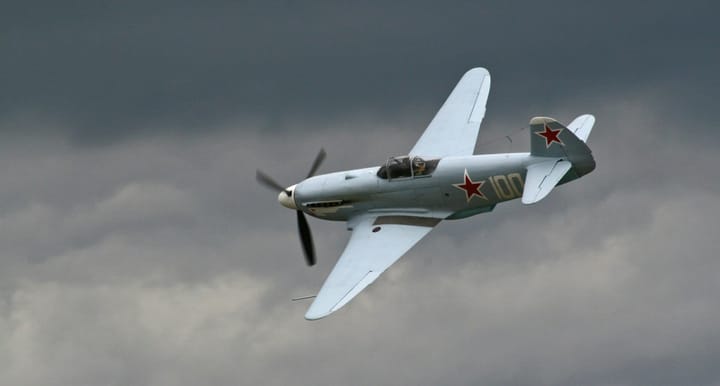Analyze how lift and drag interact across different wing configurations using a real-time drag polar curve. Instantly find the optimal lift-to-drag ratio and visualize aerodynamic efficiency with adjustable inputs.
Welcome to the Aero Sync's Lift-Drag Polar Analysis Tool — a fast and intuitive way to visualize how an aircraft’s aerodynamic performance changes with lift. Whether you're a student, pilot, engineer, or aviation enthusiast, this tool helps you understand the fundamental relationship between lift and drag for any given wing configuration.
🔍 What This Tool Does
This tool generates a drag polar curve, which shows how the drag coefficient changes as the lift coefficient increases or decreases. From this curve, you can identify the optimal lift-to-drag ratio (L/D) — a critical point that represents the most aerodynamically efficient condition for your configuration.
The graph helps answer questions like:
- What’s the most efficient lift condition for this aircraft or airfoil?
- How does changing design parameters affect aerodynamic performance?
- Where is the sweet spot for gliding or endurance?
📈 Key Inputs (Explained Simply)
To get started, you can adjust the following parameters to see how they affect aerodynamic efficiency:
- Aspect Ratio (AR):
Describes the wing’s shape. A higher aspect ratio means longer, narrower wings — like those on a glider or U-2 reconnaissance aircraft — which help reduce induced drag. Lower aspect ratios (e.g., fighter jets or compact UAVs) result in higher drag but greater maneuverability. - Oswald Efficiency (e):
A measure of how effectively the wing generates lift. Values closer to 1 mean a more aerodynamically clean wing. For example, a modern sailplane may have an efficiency around 0.9, while an older Cessna might be closer to 0.7 due to its less streamlined design. - Parasite Drag (Cd₀):
This is the drag that occurs even when no lift is produced — caused by the surface roughness, cockpit shape, landing gear, antennas, etc. A streamlined racing drone may have a very low Cd₀ (e.g., 0.01), whereas a cargo aircraft with external pylons or gear may have a higher value (e.g., 0.05 or more). - Cl Range (Min & Max):
Defines the range of lift coefficients to be analyzed. For example:- A typical cruise Cl might be around 0.4–0.6
- A high-lift takeoff configuration could reach Cl values of 1.5–2.0
- A stall condition might occur below 0.2 or even negative values in extreme maneuvers
- Steps:
This controls how many calculation points are generated within the selected Cl (lift coefficient) range. You can enter any number of steps you prefer — higher values create a smoother and more precise curve, which is ideal for detailed aerodynamic analysis or presentations.
For example:
- 50–100 steps are great for quick visualizations or classroom use.
- 200–500 steps offer more detailed and polished graphs.
- 1000+ steps generate ultra-smooth curves but may cause noticeable delays.
⚠️ Note:
Entering more than 1000 steps may slow down your computer temporarily, especially on lower-end hardware. The analysis still runs in the background — so don't worry if it seems paused. Just give it a moment to finish, and the results will appear once ready.
For the best experience with high step counts, a modern computer with good processing power is recommended.
🧠 How to Use It
- Adjust the sliders or enter values manually to define your aircraft or wing configuration.
- The graph will update instantly to show how drag (Cd) varies as lift (Cl) increases.
- A highlighted point will mark the maximum L/D ratio — representing the most aerodynamically efficient flight condition.
- A data table below the graph shows detailed values for each computed point in the Cl range.
- You can export your results in CSV or JSON format for further analysis or documentation.
⚠️ Important Note:
This tool uses established aerodynamic formulas (like induced drag and lift-drag ratio equations) to provide projected performance data. While it gives a valuable estimation based on your input parameters, real-world verification through wind tunnel testing, CFD, or flight testing is still essential for accurate engineering or certification work.




Comments ()